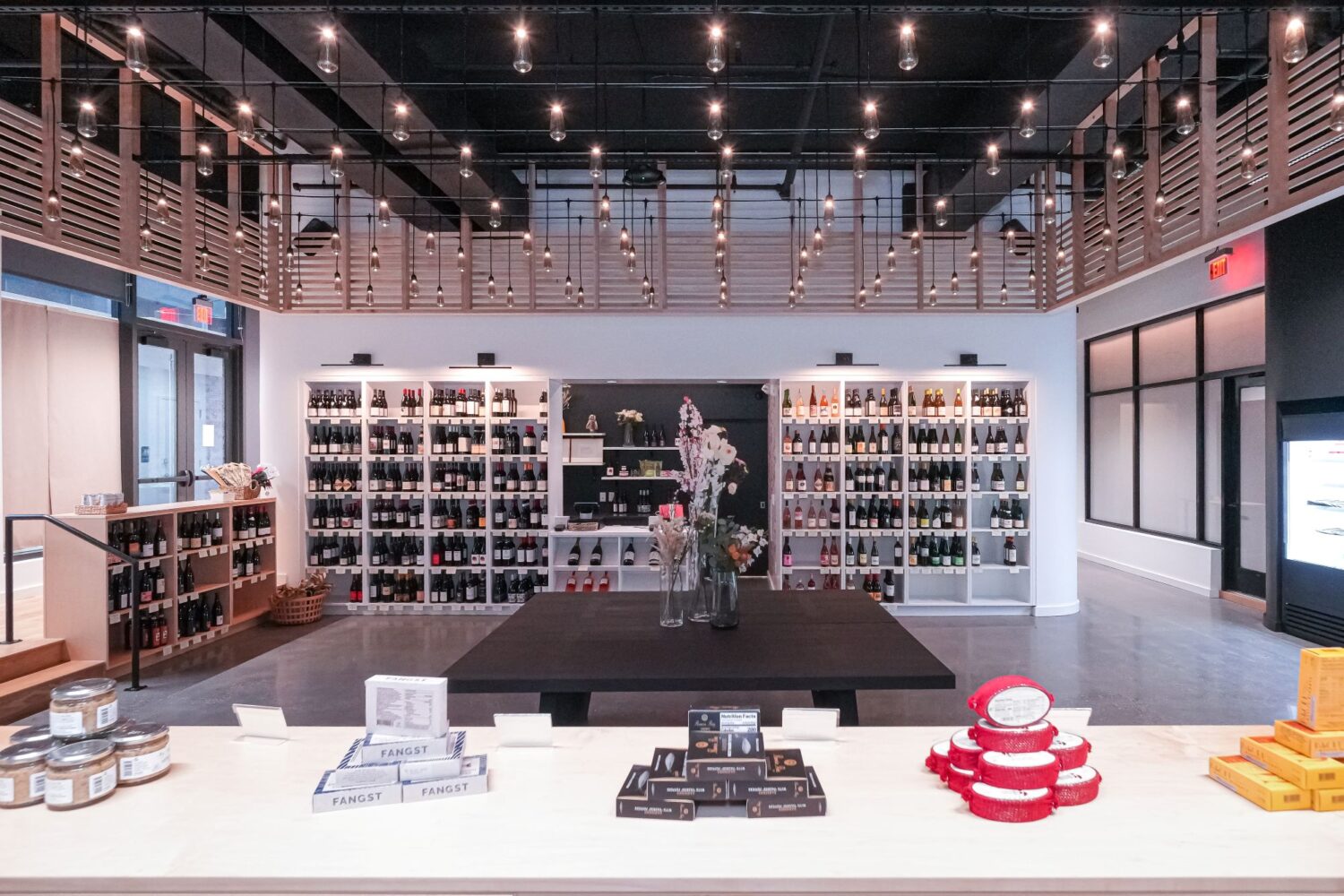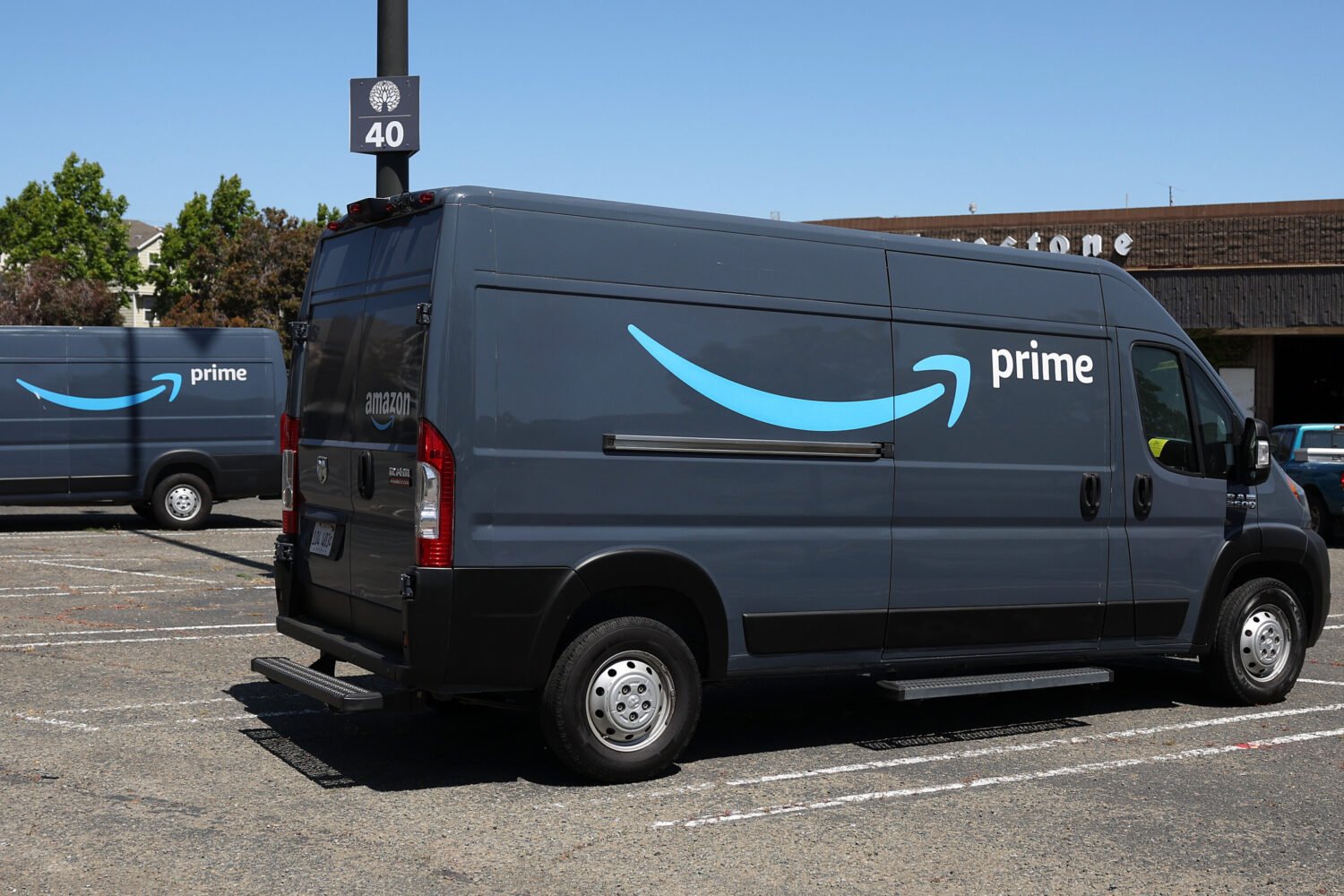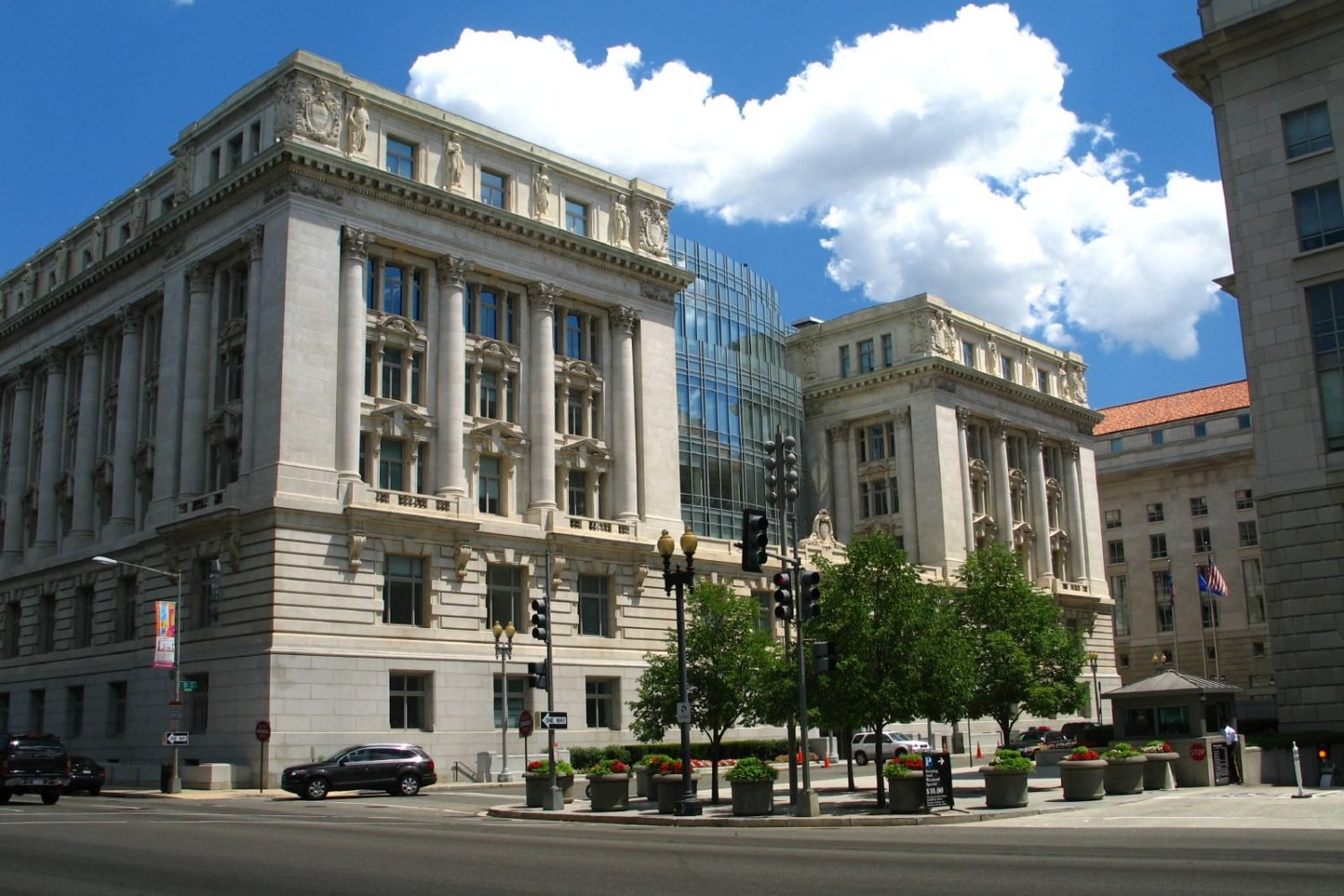Most people know JBG Smith as the biggest developer in Washington. Its luxe mixed-use buildings have changed the landscape of places such as Shaw and soon will be doing the same for Crystal City (or as the company would prefer you call it, National Landing). In the latter locale, JBG Smith will be landlord to Amazon while transforming the surrounding neighborhood into a playground of restaurants, shops, and apartments for its employees. But last year, just as all the HQ2 speculation was hitting its peak, the developer was rolling out another important project that hasn’t gotten as much attention. Its Washington Housing Initiative, in partnership with the Federal City Council, is one of the only programs of its kind in the US—in which a for-profit developer has committed to offering at least 2,000 units of affordable workforce housing by raising funds from private investors.
In May, JBG Smith announced it had raised $78 million, most of it from large banks, to get started. So on an oppressively humid afternoon—in a blissfully frigid conference room at its Friendship Heights offices—I sat down with CEO Matt Kelly and executive vice president of social-impact investing AJ Jackson (who runs the initiative) to talk about how they’ll pull this off. Also on the agenda: what Amazon’s arrival will mean and why West Coast NIMBYs are worse than the ones here.
When you were going back and forth with Amazon during their search, did the affordable-housing issue come up a lot?
Matt Kelly: Yeah, we spent a lot of time talking about housing generally in the region. In the markets where Amazon is in Seattle and San Francisco, you have a very different housing landscape. It’s understandable that any company coming from one of those markets would be focused on this issue, because there are serious constraints on housing supply in those markets, primarily as a function of NIMBYism. You end up with lots of sprawl, one- or two- or three-story buildings stretching on for miles that crowd out housing development and push commuters far from urban employment centers.
But don’t we have a lot of NIMBYs here, too? And the District has the Height Act.
Kelly: We do, and those things get in the way of enabling supply, but it’s nothing like what they have out west. We also have lots of unbuilt density here, and we don’t have caps on density the way they do in San Francisco. We generally have a system that enables new development, and we’ve generally had a pretty healthy level of housing production here over the last five to ten years. Not quite enough to keep up with the demand, but the gap has not been what it has been out west.
We do have a housing shortage. But you’re saying we’re better off than Seattle?
Kelly: Yeah. I’m making a relative comparison. The simple fact is that the need for housing is high in both places, and we haven’t kept up with the level of demand, but we’ve come a lot closer in this market.
The Housing Initiative is largely designed for people making 60 to 80 percent of the Washington area’s median income. Why is that the focus?
AJ Jackson: That’s about $75,000, depending on the size of the household, which means you could pay about $1,900 a month in rent and still have money left over. And the average rent in the District is about $2,300. So that $400 difference is putting real pressure on those families. There are really no programs that address that space.
There’s all kinds of social reasons why that’s important—why you don’t want to have a community that’s just the very wealthy and the very poor, with the middle hollowed out. But there’s also all kinds of economic reasons for wanting to be able to house the core of your workforce. Seventy-five thousand dollars—that’s police and firefighters and nurses, but it’s also tech support, HR support.
So how do you actually do this?
Jackson: Our strategy is primarily around preservation—buying existing housing versus trying to build new. It’s going out and buying those older apartment projects that are naturally affordable. So we have a team here. They identify those assets and try to buy them.
Why is this something that a for-profit developer cares about?
Kelly: The ability for businesses to grow here depends in part on job skills, right? Everybody talks about availability of labor. What doesn’t get enough attention is the importance of housing. If you don’t have affordable housing for that labor force, you will have people who won’t move to your city because it’s unaffordable, and you constrain growth. Our business fundamentally relies upon the continued growth of the region.
What does your ideal neighborhood of the future look like?
Kelly: A neighborhood that mixes uses, first and foremost. They tend to be the most vibrant. In neighborhoods that are only residential or only office, you’re missing a lot of the people you need throughout the various parts of the day to support amenities that tend to make places attractive. So in National Landing, we have a lot of office today. There’s not as much residential as we would like, so we’re going to build thousands of units over the next five-plus years. The other piece is having a mix of residential for rent and for sale in high, medium, and low density.
I’m originally from Seattle, and when I go back, I see how different it’s become. A lot of the change is great. But you see the explosion in homelessness. You sit in the traffic. Are we set up better to handle Amazon?
Kelly: We’re 50 percent larger, from an employee base. Seattle has roughly 2 million employed people. We’re 3 million–plus. Amazon has roughly 50,000 people in Seattle, and they’re talking 25,000-plus here, over ten, 12 years. So the proportions are very different. We do have NIMBYs. We do have cumbersome and time-consuming approval processes to get things built, but relative to some of those other cities, it is night and day.
Why is it easier to build here?
Kelly: I credit a lot of the local jurisdictions with not making some of the mistakes that have been made in other cities. Not to pick on San Francisco, but the fact is that in San Francisco, the amount of time, the amount of tax burden that is put on land at periods throughout the real-estate cycle actually drive land values to levels that are so low that developers say, “I can’t make money building the building, so I’m going to wait until rents grow to a level where I can make money.” Which then drives rent growth higher, which makes cities unaffordable.
One more question. How will we know when Amazon has officially landed?
Kelly: They’re here now. In fact, we just had a “yappy hour” in the building where they’ve moved their first people in, at 2345 Crystal Drive. Relative to all the space they’re going to take, it’s small, but the building is now a dog-friendly building because they have something like 6,000 or 7,000 dogs in their headquarters in Seattle. I think their plan is to hire approximately 400 people this year. It’ll be a gradual ramp-up, but 400 people’s not nothing.
This interview has been edited and condensed. This article appears in the August 2019 issue of Washingtonian.




















